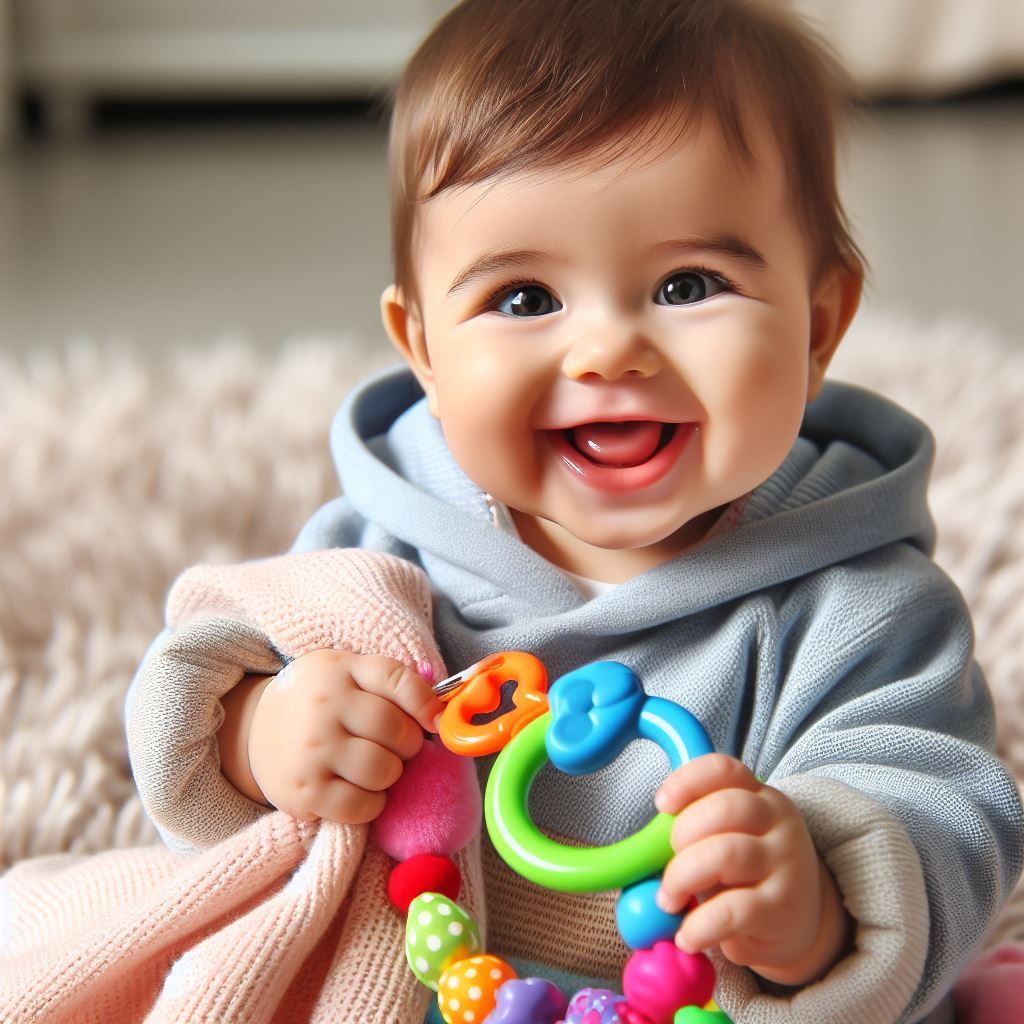When Does a Baby Start to Grow Their Teeth?
As a new parent, you’re probably eagerly waiting for your little one’s first tooth to pop through. It’s an exciting milestone, but it can also bring some discomfort for your baby. Let’s dive into the world of teething and explore when you can expect those tiny pearly whites to make their grand entrance!
Quick Answer
Most babies start teething between 4 and 7 months old, but it’s normal for teeth to appear anytime between 3 and 12 months. Every baby is different, so don’t worry if your little one is a bit early or late to the teething party!
The Teething Timeline: What to Expect
Teething is like a baby’s personal growth chart for their mouth. It’s a process that unfolds over several months, and sometimes even years. Here’s a general timeline of when you might see those cute little chompers:
- Bottom front teeth (lower central incisors): Usually first on the scene, around 6-10 months
- Top front teeth (upper central incisors): Say hello about 8-12 months
- Top lateral incisors: These neighbors join the party at 9-13 months
- Bottom lateral incisors: Fashionably late at 10-16 months
- First molars: The big guys in the back arrive around 13-19 months
- Canine teeth: These pointy pals show up between 16-22 months
- Second molars: The final act, typically between 25-33 months
Remember, this is just a guideline. Some babies might be early birds, while others take their sweet time. It’s all good!
Signs Your Baby Might Be Teething
Wouldn’t it be great if babies could just tell us when they’re teething? Since they can’t, here are some signs to watch out for:
- Drooling: Get ready for some seriously wet onesies!
- Chewing on everything: Your baby might suddenly think everything is a teething toy
- Irritability: Who wouldn’t be grumpy with teeth pushing through their gums?
- Swollen gums: Those little gums might look a bit puffy
- Slight fever: A low-grade fever (under 101°F) can sometimes accompany teething
- Changes in eating habits: Your baby might eat more or less than usual
- Trouble sleeping: Teething discomfort can make it hard to catch those Z’s
A Real Mom’s Teething Tale
“I’ll never forget when my son, Jake, started teething,” says Sarah, a mom of two from Ohio. “He was about 5 months old and suddenly became a drooling machine! We went through so many bibs, I thought I’d need to buy stock in a laundry detergent company. But the real kicker was when he tried to chew on my phone. I turned around for a second, and there he was, gumming away at my iPhone case. After that, we made sure to keep plenty of actual teething toys around. It was a challenging few months, but seeing that first little tooth poke through made it all worth it!”
Soothing Your Teething Tot
Seeing your baby uncomfortable is tough, but there are ways to help ease the teething blues:
- Cold compress: A chilled washcloth or teething ring can work wonders
- Gentle gum massage: Use a clean finger to rub those sore gums
- Teething toys: Silicone or rubber teethers are great for gnawing
- Distraction: Sometimes a good game of peek-a-boo is all you need
- Pain relief: If things get really tough, talk to your pediatrician about safe pain relief options
Teething Myths: Fact or Fiction?
There’s a lot of info out there about teething. Let’s separate fact from fiction:
- Myth: Teething causes high fevers
- Fact: Teething might cause a slight temperature rise, but high fevers are not a typical symptom
- Myth: Teething causes diarrhea
- Fact: There’s no scientific evidence linking teething to diarrhea
- Myth: Babies need teething biscuits
- Fact: These can be a choking hazard and aren’t necessary
Caring for Those New Pearly Whites
Once those teeth start popping up, it’s time to start a dental care routine. Here’s how to keep those tiny teeth healthy:
- Start brushing as soon as the first tooth appears
- Use a soft-bristled, baby-sized toothbrush
- Just use water at first, no need for toothpaste yet
- Brush gently twice a day
- Schedule that first dentist visit by your baby’s first birthday
When to Call the Doc
While teething is usually just a normal part of growing up, sometimes it can come with complications. Give your pediatrician a ring if you notice:
- A fever over 101°F
- Severe diarrhea
- A rash that’s not just on the face or chest
- Signs of severe pain or discomfort
Teething by the Numbers
Let’s crunch some numbers on teething:
- Babies are born with all 20 primary teeth hidden in their gums
- On average, babies get about 1 new tooth per month once teething starts
- By age 3, most kids have their full set of 20 primary teeth
- About 1 in 2,000 babies are born with a tooth already visible!
Wrapping Up: You’ve Got This!
Teething can feel like a marathon, but remember, it’s just a phase. Before you know it, your little one will have a mouth full of adorable baby teeth, perfect for those heart-melting smiles. Every baby’s teething journey is unique, so try not to stress if things don’t go exactly by the book.
Keep those teething toys handy, stock up on bibs, and don’t forget to snap some pictures of those first toothy grins. You’re doing great, parents!
Now that you’re a teething pro, why not share your wisdom? Swap stories with other parents, or maybe start a teething survival kit for your next parent friend who’s expecting. And don’t forget to celebrate each new tooth – it’s a big deal for your little one!
Remember, if you ever feel overwhelmed or have questions, your pediatrician is just a phone call away. You’ve got this teething thing in the bag!

Jessica Winter is a passionate parenting blogger with two years of experience guiding new and seasoned parents through the joys and challenges of raising babies. Her insightful posts blend personal anecdotes with expert advice to offer a warm and practical perspective on modern parenting.

